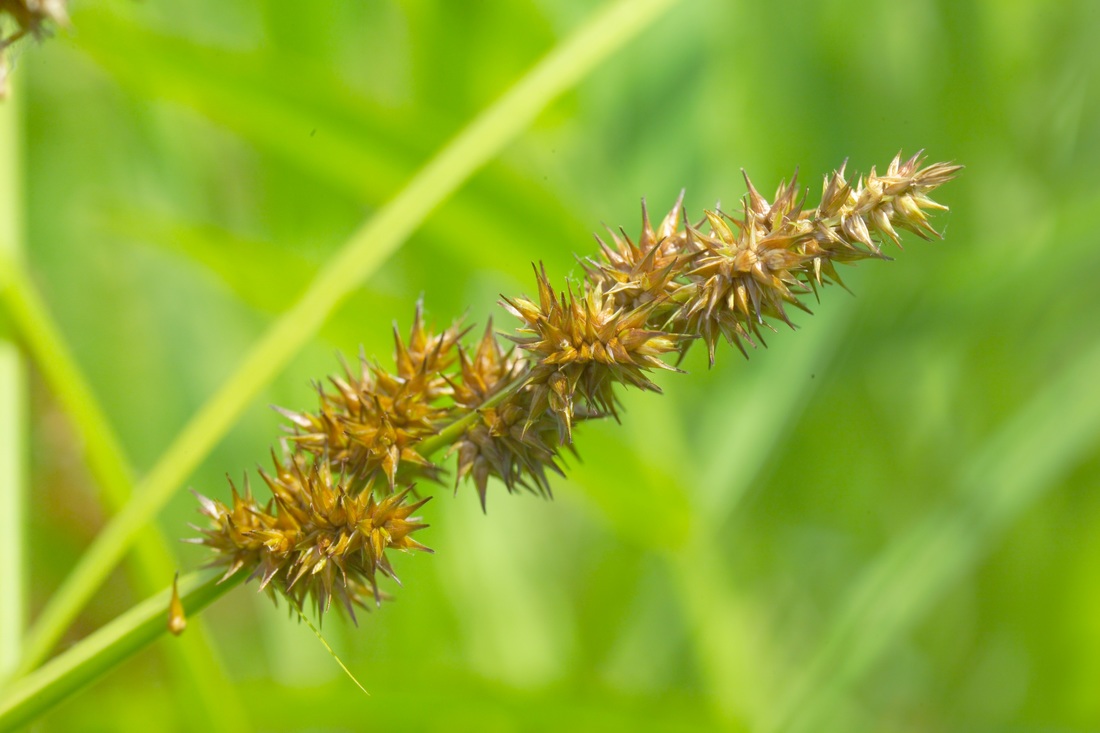What limits the restoration of wetland plant communities?
OverviewSeed and seedling ecology is a main research area in this lab. It is a particularly important topic in the context of restoration. In many restoration scenarios, seeding native plants (as opposed to planting) is the most economically feasible solution. However, from a plant's perspective, the seed / seedling stages are its most vulnerable. Our role as restoration ecologists is to understand what factors may limit successful seed germination, seedling emergence, and seedling survival in restorations to maximize revegetation success. Karin and her former Ph.D. advisor Dr. Susan Galatowitsch have conducted a number of studies looking at seed dormancy, seed viability, seed dispersal, and seedling emergence in prairie pothole wetland restorations. A number of relevant papers are listed on the Publications page of this website.
|
(Carex vulpinoidea - photo by David Hansen, University of Minnesota)
In Utah, Karin has done some preliminary studies looking at the seed germination requirements of important wetland plant species: alkali bulrush (Schoenoplectus maritimus), hardstem bulrush (Schoenoplectus acutus), and saltgrass (Distichlis spicata). We anticipate substantial future work in this area of wetland plant community restoration, particularly in the context of revegetation following Phragmites control.
|
